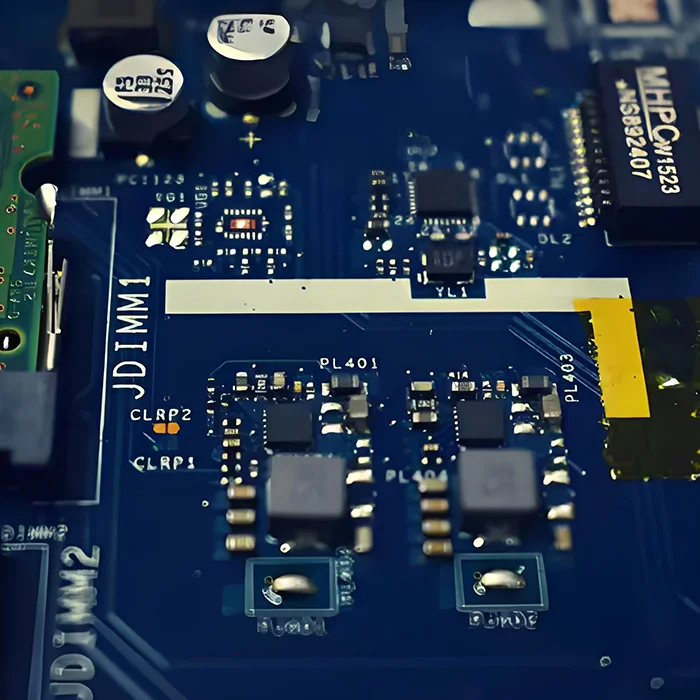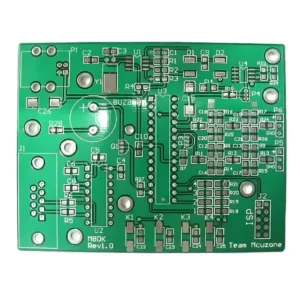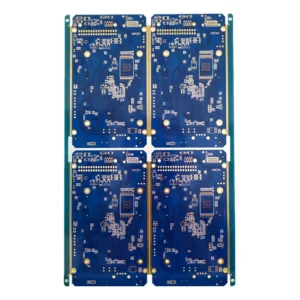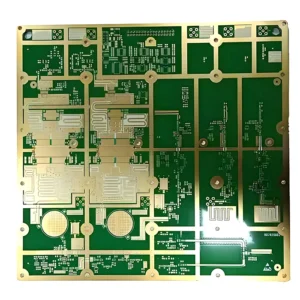Aluminum Automotive PCB
$15.50
Aluminum automotive PCB uses aluminum substrate to offer exceptional thermal management and mechanical strength. Such type of PCB is perfect for automotive applications where heat dissipation, reliability, and durability are fundamental, such as LED lighting, power electronics, sensor modules, and more.
Shipping fee and delivery date to be negotiated. Send inquiry for more details.
Your payment information is processed securely. We do not store credit card details nor have access to your credit card information.
Claim a refund if your order is missing or arrives with product issues, our support team would deal with your refund within 24 hours.
| Layer Counts | 1L |
| Base Material | Aluminum |
| Board Thickness(mm) | 1.0mm |
| Max board size(mm) | 570*1200mm |
| PCB size tolerance | ±0.2mm |
| Min. Hole Size | 0.15mm |
| Min. Line Width | 4mil |
| Copper Weight | 3oz |
| Surface Finish | HASL-LF |
| Certificate | UL, RoHS, ISO, ISO9001, ISO13485, IPC610, and REACH |
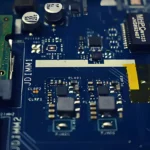 Aluminum Automotive PCB
Aluminum Automotive PCB
| 5 star | 0% | |
| 4 star | 0% | |
| 3 star | 0% | |
| 2 star | 0% | |
| 1 star | 0% |
Sorry, no reviews match your current selections
Questions & Answers
1. What’s the peeling strength of your aluminum automotive PCB?
The peeling strength of our aluminum automotive PCB is ≥1.4N.
2. Why is drilling holes in aluminum PCBs harder than in FR4 PCB?
Aluminum PCB is harder to drill because the metal’s hardness accelerates drill bit wear and requires specialized carbide or diamond-coated tools. High drilling process also generates high heat, which can deform aluminum and damage the dielectric layer.
3. Why does aluminum improve thermal management?
Aluminum has a high thermal conductivity of 200-250 W/m·K, helping efficiently dissipate heat from power components to ground planes. Additionally, metal core aluminum acts as a built-in heatsink, stabilizing temperatures and improving high-power reliability.
4. What if the aluminum PCB warps during assembly?
If the aluminum PCB warps during assembly, it may cause misalignment, solder defects, and structural issues. To handle it, workers need to pre-bake to remove moisture, balance layer stackup to ensure symmetrical distribution, or use clamps or fixures to flatten the board.
5. Why are aluminum PCBs typically limited to 1–2 layers? Can they be multilayer?
Aluminum PCBs are always limited to 1-2 layers because of the challenges in thermal expansion, dielectric layer integrity, and manufacturing complexity. Aluminum can also be used in multilayer PCBs as long as it uses specialized materials like ceramic-filled dielectric, has precision via treatment, and balances copper distribution to ensure reliability and minimize warping.
6. What if the dielectric layer fails high-voltage testing?
If the dielectric layer fails high-voltage testing, the board may be unsafe due to potential risks of electrical leakage and short circuits. The board that fails testing must be redesigned or discarded. MOKOPCB manages strictly the quality of our PCB material with careful material selection and process control, providing you with the best performance.

